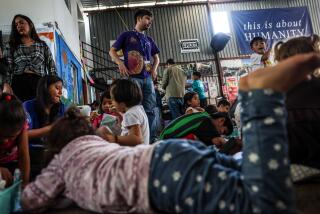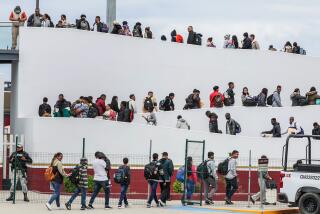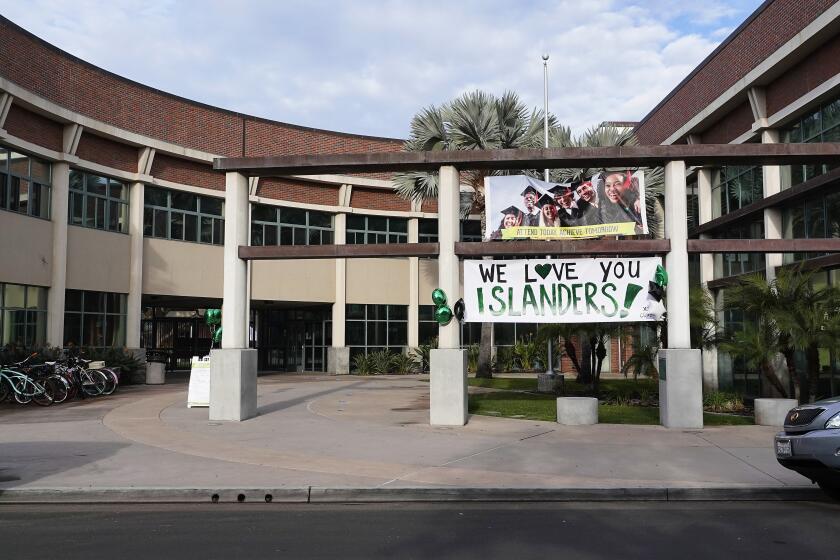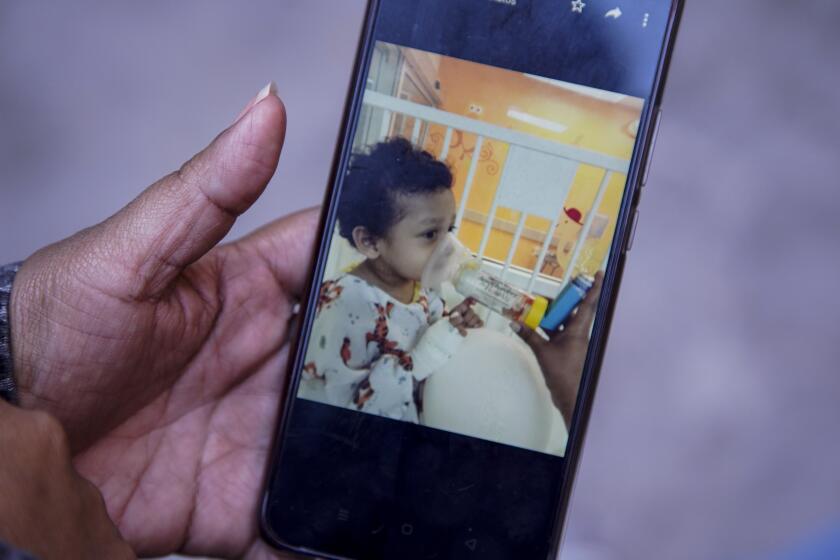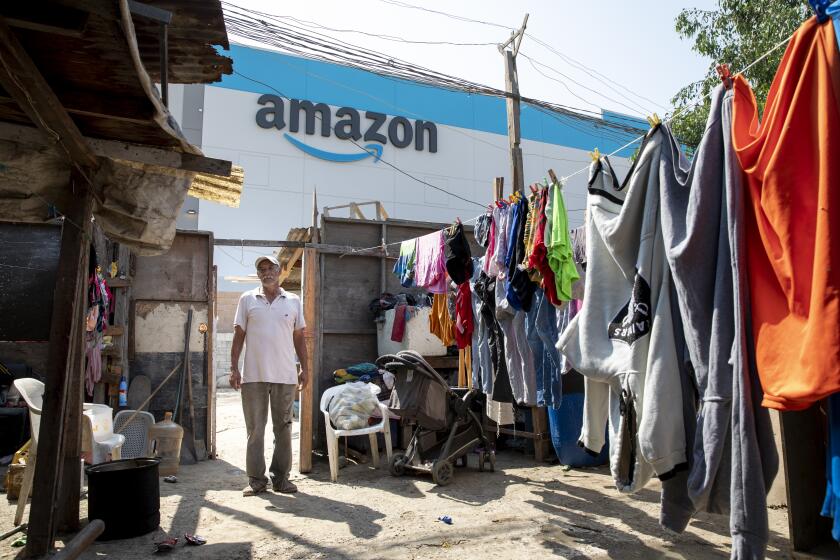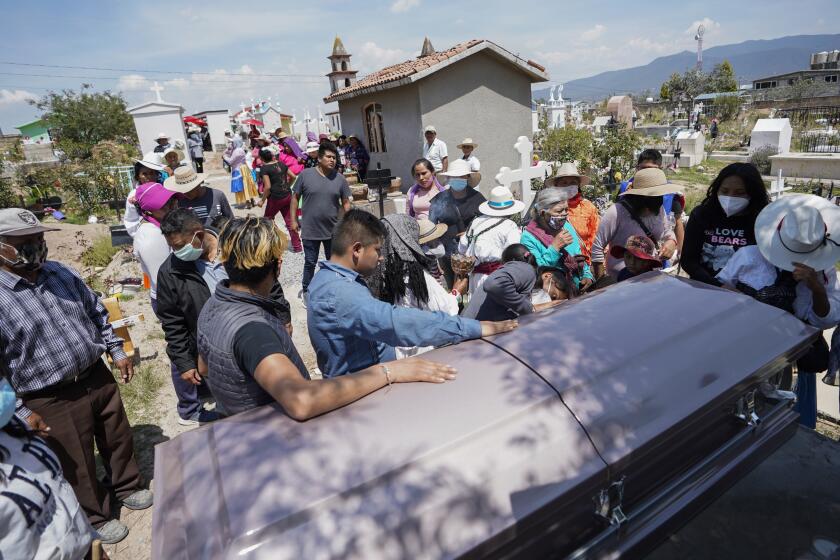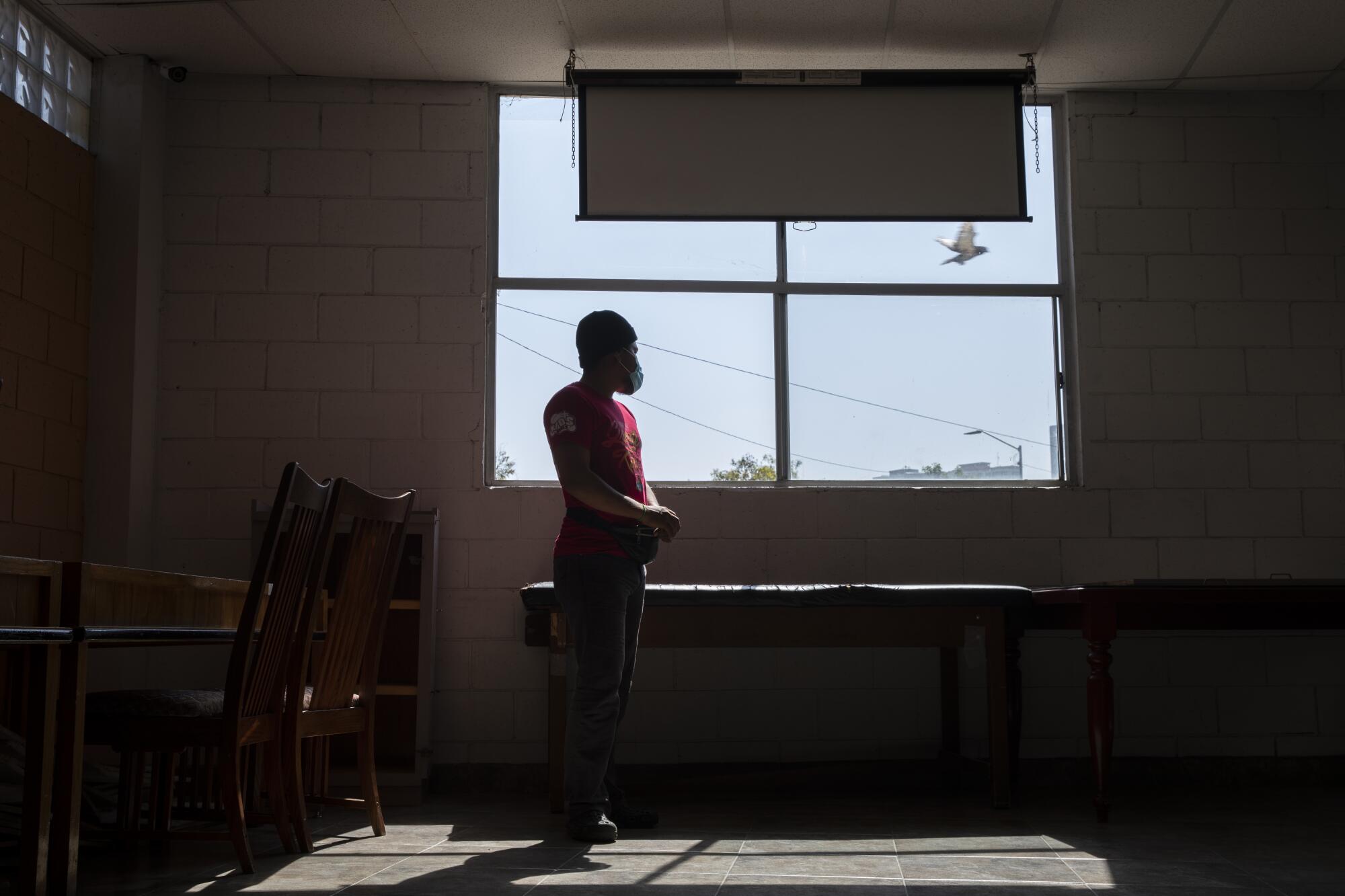
SAN DIEGO — The Supreme Court ruled Thursday that the Biden administration can end the “Remain in Mexico” program, but life does not appear likely to change much for asylum seekers waiting in Tijuana for their U.S. immigration court cases — at least for the near future.
The ruling led to celebrations from many advocates who have long pushed to end the controversial program officially known as Migrant Protection Protocols, or MPP. But it’s not yet clear what the decision will mean for those enrolled in the program.
“The laws of the United States keep changing,” said Adán, a Nicaraguan asylum seeker, speaking in Spanish. “We don’t know if they’ll get us out of here. This news, more than anything, generates more uncertainty.”
He asked to be identified only by his first name because he has not yet found protection from his government, which is known for persecuting people who oppose its strongman leader Daniel Ortega.
Adán recalled the feelings of confusion about what the court’s decision might mean as the news swept through the Tijuana shelter where he has lived for the past six months while waiting on his U.S. asylum case.
He questioned whether he should even believe the reports.
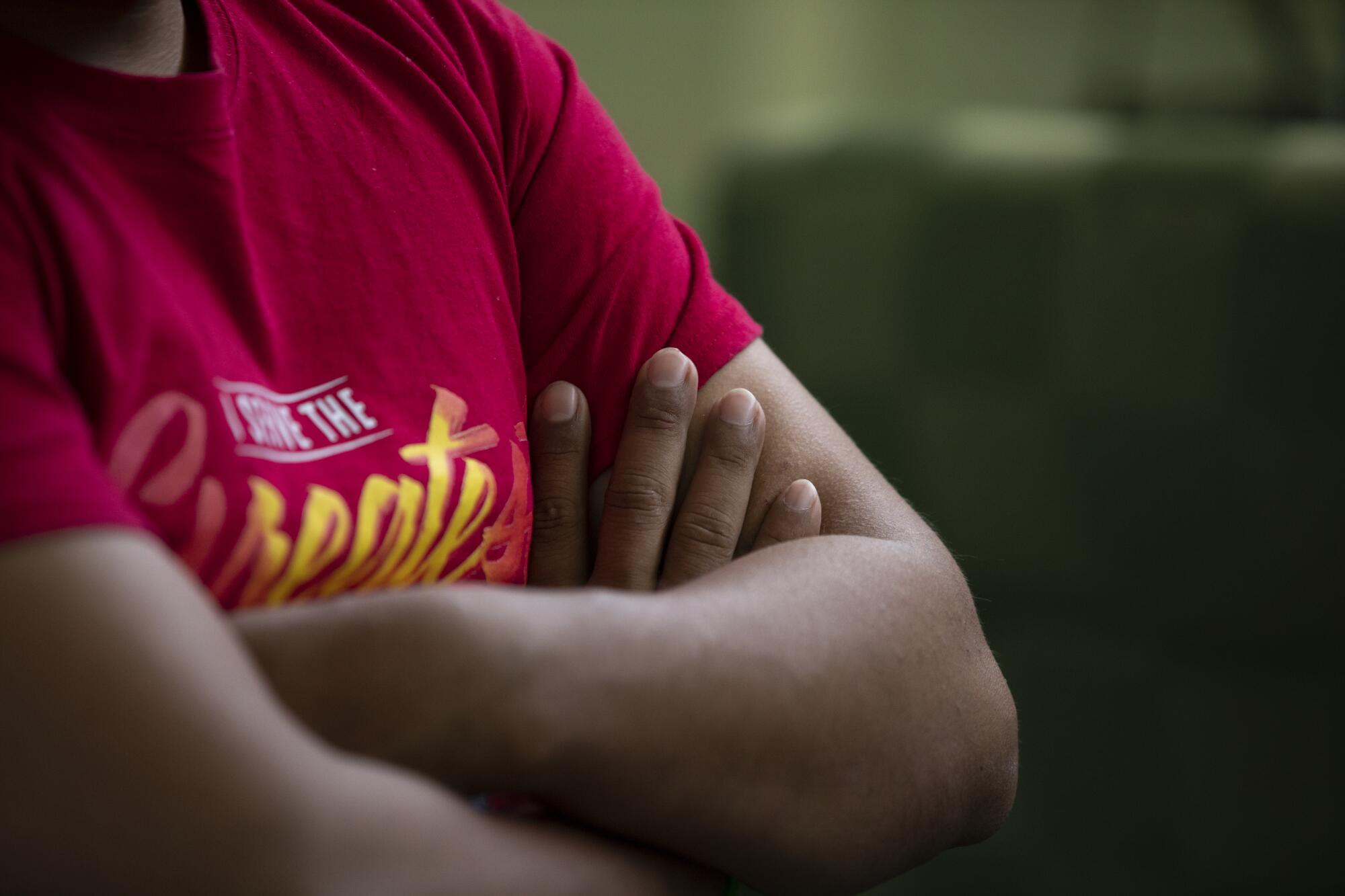
Once the San Diego Union-Tribune confirmed to him that the news was true, he still hesitated to show any optimism. As far as he’s concerned, he’s still in limbo.
Remain in Mexico began under the Trump administration in San Diego in 2019. President Biden campaigned on a platform of ending the program, and his administration moved to do so in early 2021. But after a federal judge in a lawsuit from Texas and Missouri ruled that the program would have to continue, the Biden administration reimplemented it at the end of last year and expanded who is eligible.
It was that federal judge’s decision that the Supreme Court overturned, sending the case back to the district court.
The post-decision uncertainty echoed through San Diego immigration courtrooms hours later.
“Should we even be having this hearing today?” Judge Catherine Halliday-Roberts asked a government attorney Thursday afternoon.
The attorney, Michael Sullivan, told her the guidance he’d received from the Department of Homeland Security was to proceed as normal, that the program still exists, at least for now. He pointed out that the Supreme Court did not rule that the program is not allowed to exist, simply that the DHS has discretion in deciding whether to use it.
Two courtrooms over, Judge Olga Attia and government attorney Jonathan Grant had a similar exchange.
“I can’t get into what’s going to happen. I don’t know,” Grant told the judge. “It’s up to the administration to decide whether they want to dispense with the program completely or not.”
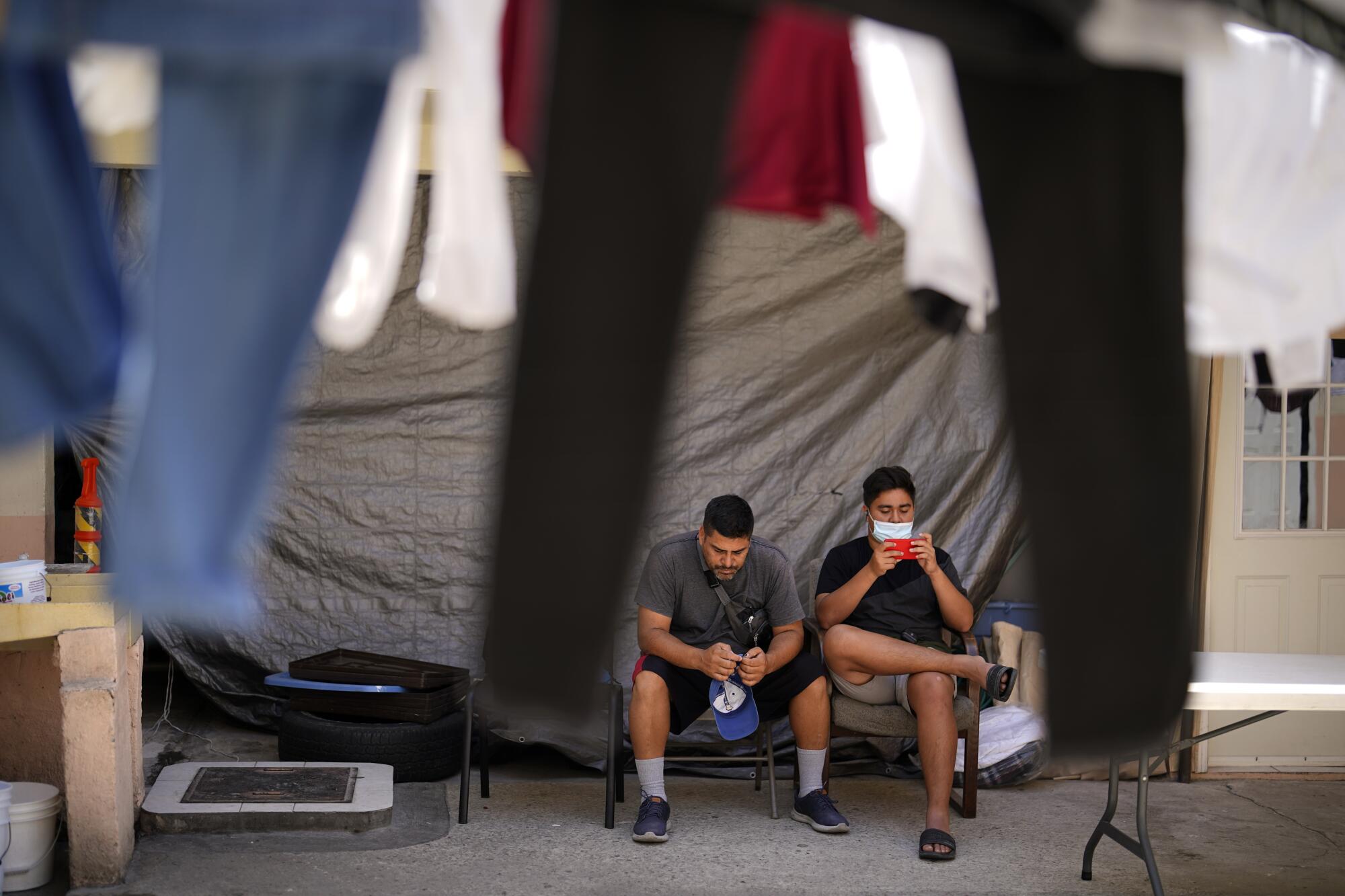
Later Thursday, DHS officials said in a statement that they welcomed the ruling and would continue “efforts to terminate the program as soon as legally permissible.”
Adán is one of more than 7,250 asylum seekers sent back south of the border after requesting protection in the United States between December 2021 and May 2022, according to data from the DHS. Roughly 1,750 of them were, like Adán, returned to Tijuana.
Though the program technically applies to anyone from a country in the Western Hemisphere except Mexico, returnees are mainly from Colombia, Cuba, Ecuador, Nicaragua and Venezuela. That’s because Guatemalans, Hondurans and Salvadorans — other groups that have in recent history requested asylum in large numbers — are typically sent back to Mexico under another policy continued from the Trump era, known as Title 42. That policy instructs border officials to block asylum seekers from accessing U.S. soil and to expel them to Mexico or their home countries if they cross anyway.
The Biden administration has said that it prioritizes expelling those that it can under Title 42, which began under the pandemic and officials argued was necessary to slow the spread of COVID-19. Because the logistics of expulsions vary based on nationality, it has ended up applying MPP to nationalities that have been more difficult to send back under Title 42.
A federal judge has now blocked the administration from ending Title 42, as well.
Since being returned to Tijuana under MPP, Adán has crossed the border three times to be bused to hearings at San Diego’s immigration court downtown. Each time, immigration officials led him back onto the bus and back to the border, where he was taken back to the shelter. He has a fourth hearing scheduled for July.
While he’s grateful for the care provided by the shelter staff, he does not feel safe there, he said.
He said he’s been robbed by Tijuana police — twice.
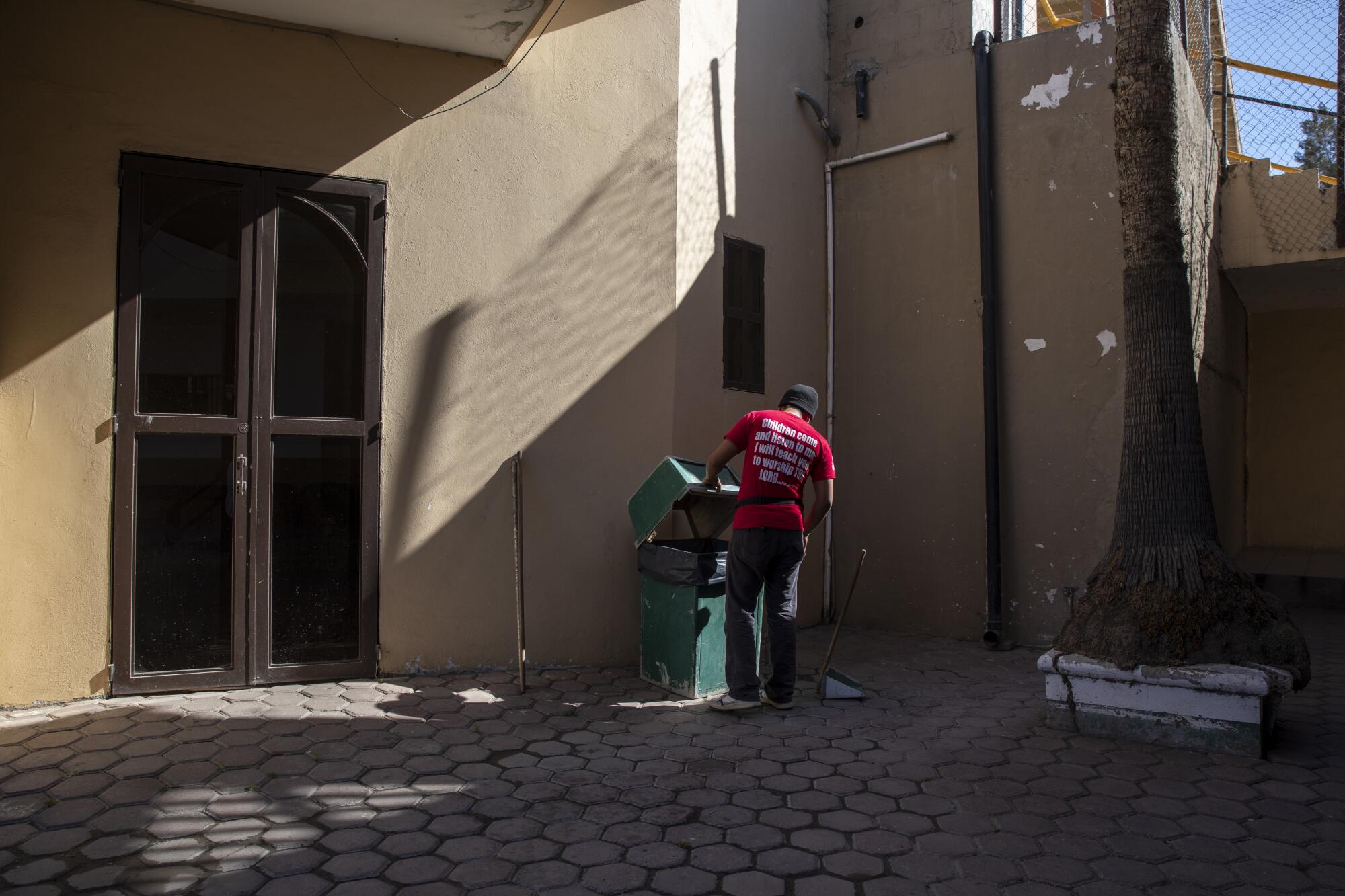
In the first iteration of MPP, Human Rights First documented more than 1,500 cases of attacks on asylum seekers waiting in Mexico under the program. Though the Biden administration made some changes to try to address the dangers that migrants in northern Mexico face, a report of MPP returnees being kidnapped in recent months surfaced in June.
“Since the policy’s inception, we have witnessed and recorded the horrific toll on its victims,” said Eleanor Acer, senior director of refugee protection for Human Rights First. “The Department of Homeland Security must now take swift action to finally end this humanitarian fiasco and bring its victims to safety.”
Advocates who have pushed for the program’s end planned to create a flower installation in Balboa Park on Thursday evening to honor those who have been harmed by the program.
Adán’s case so far has been postponed to give him time to find an attorney, but he hasn’t found one, he said. He thinks it would be much easier to find legal help from inside the United States.
Migrants in MPP have notoriously low legal representation rates. Having an attorney can have a significant impact on a case’s outcome.
If the Biden administration does wind down Remain in Mexico and allow Adán to finish his case from within the United States, he plans to join his mother, sister and nephew in Miami. They also fled because he’d been targeted, but they crossed the U.S.-Mexico border earlier and were allowed inside to pursue their asylum claims.
He said he tries not to talk with them too much because he doesn’t want to worry them.
And, despite his reservations about whether the Biden administration will actually let him into the United States, he does think it would make a big difference in his life.
“It would mean being able to fight for asylum,” he said. “It would make things in a way more possible. I could find an attorney to represent me, and I would be with my family. I would be more at ease.”
More to Read
Get the L.A. Times Politics newsletter
Deeply reported insights into legislation, politics and policy from Sacramento, Washington and beyond. In your inbox three times per week.
You may occasionally receive promotional content from the Los Angeles Times.

